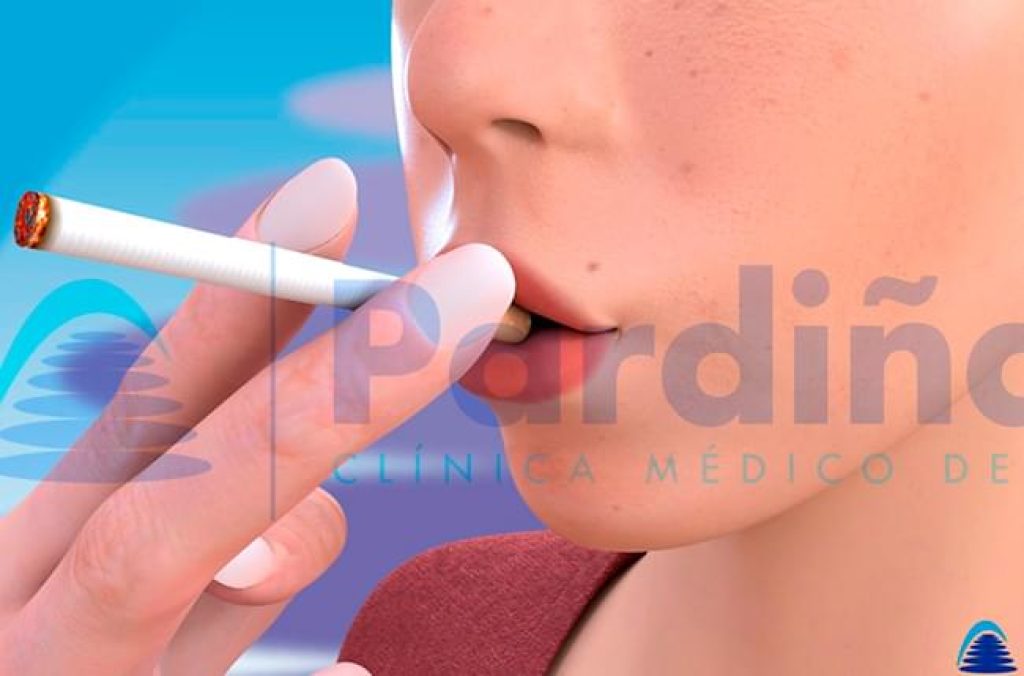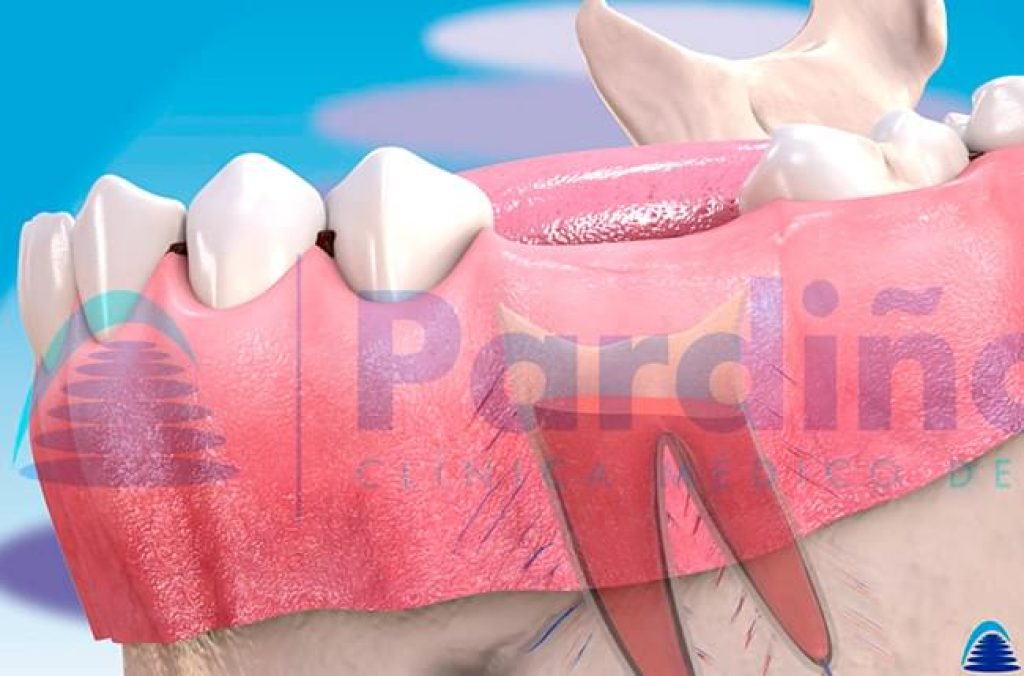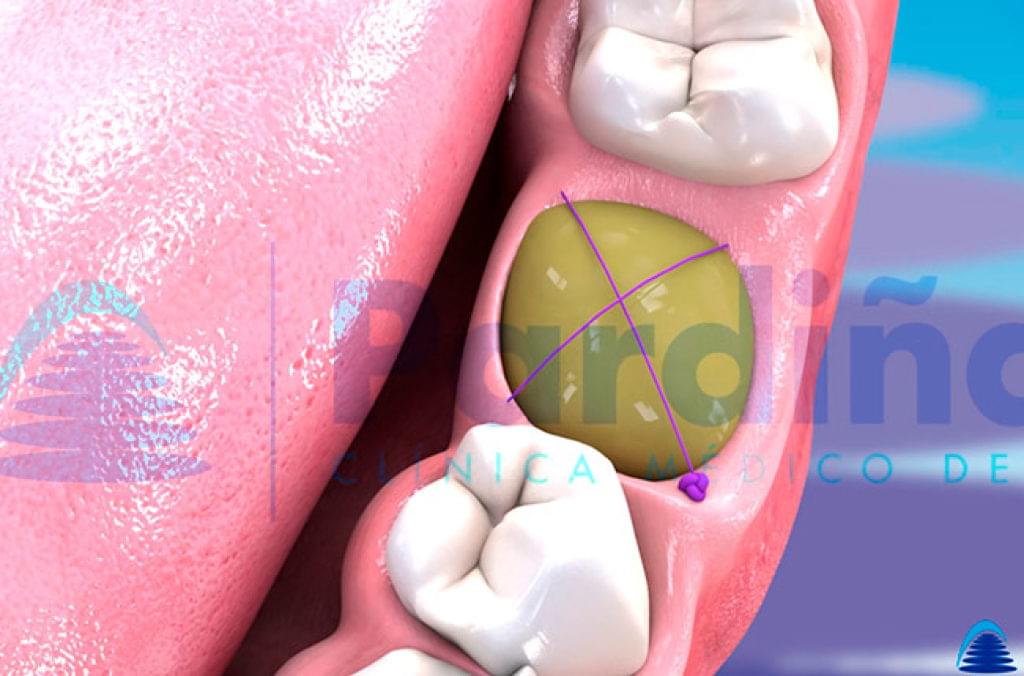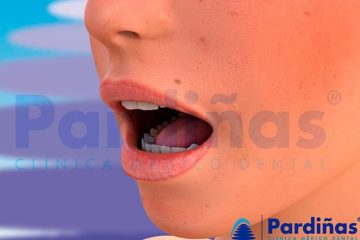Dry socket is a complication that can arise in the days after a tooth is extracted. But how does this infection originate? How long does it last? Which is the treatment? Here we explain it.
What is a dry socket?
After performing a dental extraction, the socket, the bed on which the roots of the tooth sit, is exposed, forming a blood clot on it. This generates the first stages of healing and protects the nerve endings in the empty dental cavity. Occasionally, this clot may not form due to various factors, or it may disappear due to contamination by food debris or smoking during this healing phase. This produces a very painful process called dry socket.

What is the cause of infection after tooth extraction?
The specific cause of alveolitis is not really known, but it is suspected that there are several factors that may be involved in the development of this infection:
- Bacterial contamination of the alveolus: the proliferation of bacteria in the alveolus can produce an infection where the protective clot disappears.
- Contamination with food debris: if correct hygiene measures are not followed, food debris may remain inside the alveolus, contaminating it.
- Excessive trauma at the time of extraction: excessive force applied at the time of extraction, or a not very delicate surgical technique can produce this type of problem.
- Tobacco: as in many other aspects of health, tobacco is harmful and one of the main factors in the occurrence of a dry socket. Tobacco constricts blood vessels, minimizing blood supply to the alveolus.
- Genetics: genetic factors involved in the development of dry socket have been described.

What are the symptoms of tooth socket?
When the nerve endings are exposed, intense pain is generated in the area, which usually appears during the first 3 days after a tooth extraction.
- Severe pain radiating to the side of the face after tooth extraction.
- Bad taste and bad breath.
- Swollen glands under the jaw and neck.
- Fever.

Types of alveolitis
Depending on the symptoms developed with this infection, we can distinguish two types of dental alveolitis:
- Dry socket: the blood clot has not formed, so the socket is empty and it is possible to observe the alveolar bone.
- Wet socket: the clot has formed, so it’s possible to see a bleeding and dark tissue in the area where the extraction has been performed. However, this clot is disrupted by some external cause such as tobacco or the accumulation of food debris.

How to prevent infection after extraction:
Placing plasma rich in growth factors (PRGF) in the alveolus is an effective method to prevent the appearance of alveolitis, due to its bacteriostatic and tissue regenerating properties. But there are other effective recommendations to prevent the development of dry socket:
- Avoid smoking the days after extraction.
- Maintain proper oral hygiene, ensuring, especially, the absence of any food residue in the intervened area.
- Try to chew on the opposite side to the extraction for at least a week.
- Avoid the consumption of alcoholic beverages the days after the extraction.
- Avoid making efforts in the first 72 hours after extraction, to avoid clot disruption.

How is dry socket treated?
To solve this problem, a series of steps can be carried out:
- The main treatment is symptomatic with pain medication and / or antibiotics.
- It is also important to remove food debris by irrigating the area with saline solution.
- Curetting of the socket may be indicated to decontaminate the bone surface and cause bleeding for a new clot to form.
- As we mentioned, another of the effective treatments is the placement in the alveolus of plasma rich in growth factors (PRGF), since it has bacteriostatic properties and favors tissue regeneration.


